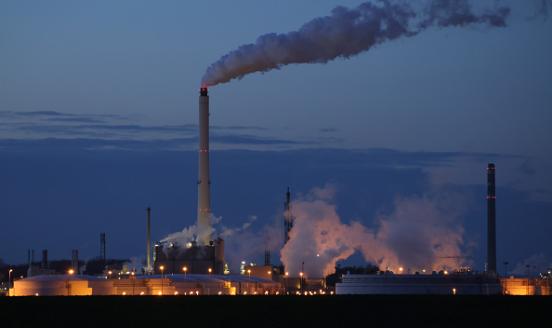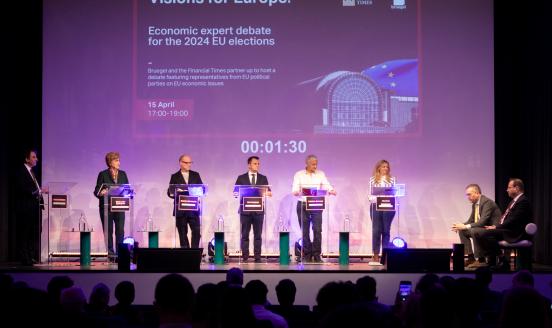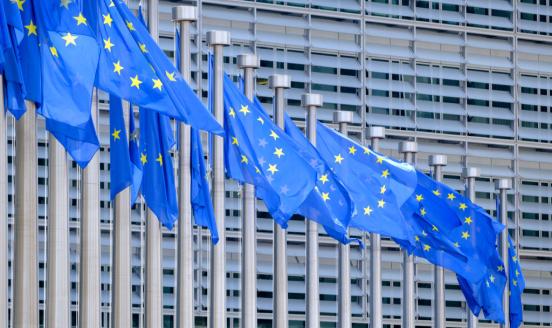A Green Fiscal Pact for the EU: increasing climate investments while consolidating budgets
Abstract
To ensure sufficiently rapid decarbonization to meet the Paris Agreement goals, investments in green infrastructure will have to increase by an estimated 2% of world GDP annually, according to the International Energy Agency. A significant part of that investment will need to be funded with public resources – raising major tensions between consolidation needs after the high deficits during the pandemic and the need to increase investments. We consider this trade-off in the European Union, which has set itself one of the most ambitious climate targets in the world. The additional public investment required to meet the European Union’s climate goals is around 0.6% of GDP annually during this decade, which might increase if the green transition is accelerated due to Russia’s invasion of Ukraine. Budget consolidation can be done at a moderate pace in line with EU fiscal rules if those rules are interpreted flexibly, but past consolidation episodes resulted in major public investment cuts. A ‘green golden rule’ –excluding net green investment from the fiscal indicators used to measure fiscal rule compliance– is proposed as the most promising option to address this tension and would provide a positive incentive to undertake such investments. However, the uncertain growth impact of green public spending and the risks to growth from climate change create difficult trade-offs in fiscally weaker countries. Better regulatory policy and a higher price on emissions should in parallel incentivise private green investment and reduce public costs. These ingredients should be combined to form a ‘Green Fiscal Pact’.
- Key policy insights
-
Public investments tend to be cut in fiscal consolidation episodes by vote-maximising politicians and thus need to be treated differently in fiscal rules. Increasing green public investments will be difficult in the upcoming consolidation period.
-
A ‘green golden rule’ –excluding net green public investment from the fiscal rule indicators– is proposed as the best option to incentivise public climate investment.
-
Policymakers need to underpin such a rule by clearly defining what constitutes emission-reducing climate investments and monitoring compliance.
-
Fossil fuel subsidies should also be eliminated, and private climate investment should be incentivised through appropriate taxation and regulation.
-
Climate change may tighten budget constraints in countries with already high debt levels because of its negative growth effects, so these countries should delay the introduction of the green golden rule.



